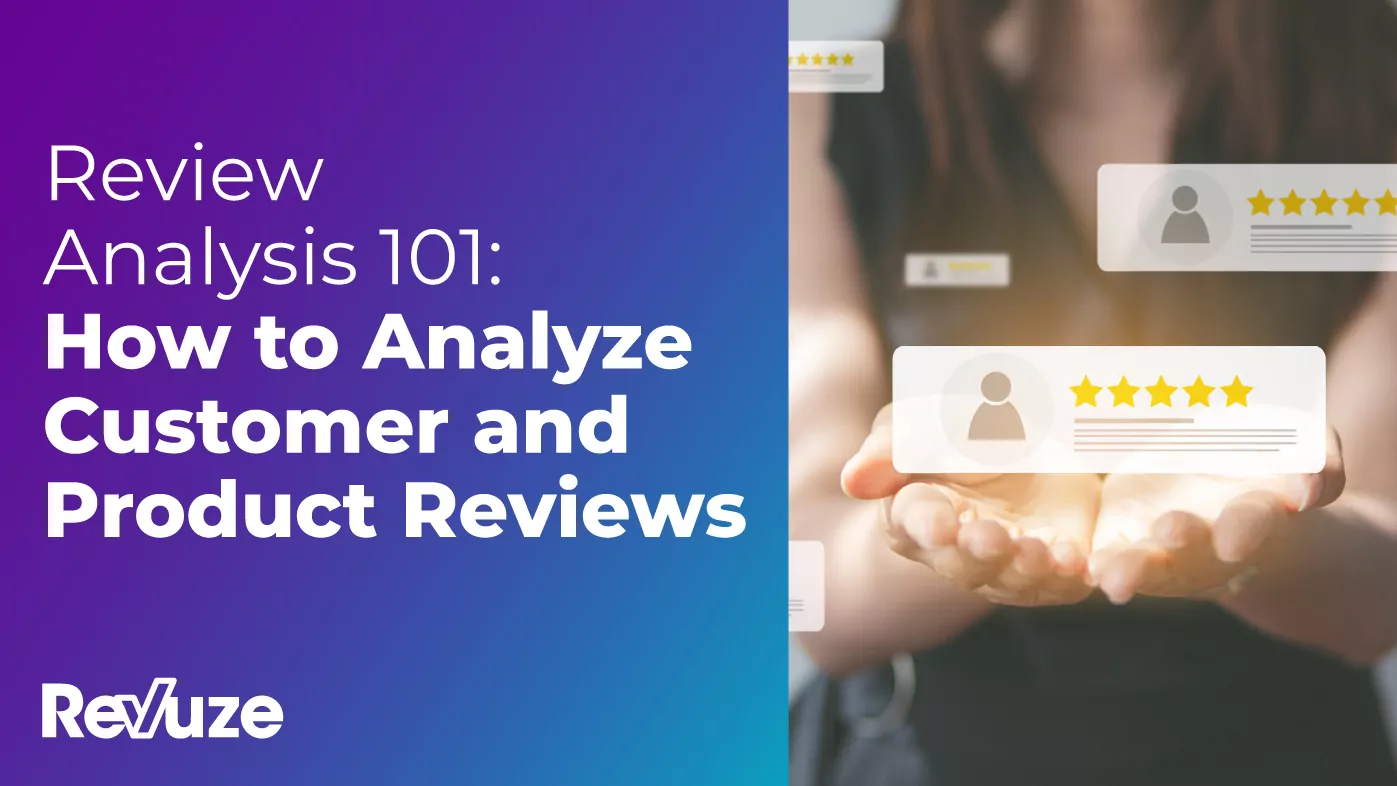
Online reviews are a gold mine of valuable data about customers’ opinions on your brand, products, or services. Review analysis allows you to strategically collect and interpret it to gain actionable insights that can improve your business’s decision-making. This article explains how review analysis works, why it’s essential, and how you can get started with it.
For businesses seeking to improve products, optimize the customer experience, develop a positive brand reputation, and boost revenue, there is nothing as valuable as customers’ opinions.
Truly understanding your customers’ needs and desires is essential to giving you a much-needed guiding light to inform your decision-making.
There are many different ways to try to solicit customer feedback, but chances are high that you already have a treasure trove of valuable data available to you: customer reviews. They’re honest, they’re informative, and they’re plentiful.
By structuring and interpreting this data – a process called review analysis – your organization can receive invaluable insights that have the potential to transform your business.
Below, we’ll go over everything you need to know about review analysis, from what it is to why it matters, to the tools and practices that will help you implement it.
Let’s dive in.
What is review analysis?
Review analysis is a business intelligence practice that involves gathering, structuring, and analyzing customer feedback in order to discover insights about a brand’s product, services, and/or reputation that can be used to inform decision-making.
Review analysis involves three steps: gathering reviews, structuring data, and analyzing it.
Gathering review data
First, you must collect reviews about your business’s products or services.
Reviews can be scattered all over the internet in places such as Google, Yelp, Facebook, industry-specific review sites, the app store, and your own website, to name a few. In order to be able to analyze them, you must first extract and gather reviews into a single place.

Structuring review data
Next, you have to structure the data.
Raw reviews are considered to be a type of unstructured data, or data that has not been organized or formatted in any way.
Unstructured data is incredibly difficult, if not impossible, to analyze systematically. This means that structuring data, typically with the help of AI-powered natural language processing tools, is necessary.
Analyzing review data
The final step of review analysis is the actual analysis.
This involves extracting topics, discovering consumer sentiment, and identifying trends. The end product of this step is a better understanding of your customers’ opinions: whether they like or dislike a product, whether they’re requesting a new color or feature, etc.

A word cloud created from customer review data helps visualize common topics mentioned
What’s next?
Of course, review analysis is not the end of the road. It’s a process that can give you the information you need to make more strategic, informed decisions to help you meet your business’s goals.
The most important part of review analysis, then, is how you apply the insights you learn. There are many possible applications for review analysis including:
- Product development
- Improving existing products
- Identifying problems such as bugs
- Learning what to prioritize in your product roadmap
Why is review analysis important?
Review analysis is an essential practice for any organization that cares about its customers’ opinions.
This is an absolute must if you want to earn a reputation as a customer-centric company.
But even if your approach is simpler and more old-school, focused on making sales and generating more revenue, review analysis is no less important.
Some of the benefits of review analysis include:
- Improving customer experience and offering superior customer service – According to a 2022 Emplifi report, 61% of consumers will pay at least 5% more if they know they’ll get a good customer experience. Review analysis is one way to reap the benefits of improved CX.
- Identify problems – If your product isn’t meeting customer expectations or your website is bugging on users, you need to know. Review analysis is a helpful tool for identifying friction points, gaps, and other issues.
- Increase sales – Among other things, customer reviews contain information about what your business can do in order to make your customers buy more. Customers mention new colors they want, ideas for new products, and changes you can make that would convert them into repeating customers – all important paths toward increasing conversions and sales.
- Improve brand loyalty and customer retention – By listening to what customers want and what would make them happy, you can boost brand loyalty and reduce churn. Remember, it’s more expensive to get a new customer as opposed to retaining one, so retention is always a key focus.
- Better decision-making – Businesses regularly have to decide which products to improve, create, and prioritize – and these decisions have major consequences. Review analysis helps you make them strategically and wisely.
- Manage reputation – A small mistake can have huge repercussions if it isn’t addressed quickly enough. Review analysis helps you identify spikes in negative comments or low ratings so you’re aware of changes in your brand reputation and can take immediate action.
How do you analyze customer reviews?
There are two options for ways to conduct customer and product review analysis: manually or automatically. Manual review analysis is unrealistic for most companies. It requires you to:
- Mine the internet for reviews about your company and products/services from a number of different sources and consolidate the data into one place
- Structure the language data by cleaning and preparing it for text analysis. This requires tasks such as tokenization, stemming, and parsing, among others.
- Analyze reviews with processes such as keyword extraction, text summarization, and sentiment analysis
- Extract insights and present them in a way that is easy to understand, often through visual representations such as charts and graphs

An example of the steps involved in the structuring process of text data
As you can imagine, this process can be incredibly laborious and time-intensive. Unless you have a very small number of reviews to analyze – or a massive workforce of people available to put hours toward the task – you’ll need some technological help with the process of gathering, structuring, and analyzing review data on your own.
Thankfully, there are numerous tools and solutions available to help you conduct review analysis with the help of advanced technology like AI and machine learning. This helps you do it more efficiently and without the pitfall of human mistakes.
With the help of smart review analysis tools, the process of review analysis shifts to look more like this:
- Find and choose the right review analysis tools.
- Use the tool.
- Explore the results.
As you can see, the most important part of this process is finding the right solutions for your review analysis needs.
Review analysis tools
The solutions you implement for review analysis can vary depending on your needs.
You may stick with a singular-focus solution, like a dashboarding tool to help you visualize analysis results, or choose an all-in-one review analysis platform that will do every step of the process for you.
Below, we gather some excellent tools to know about.
Revuze
Revuze is a cloud-based review analysis platform that uses artificial intelligence, machine learning, and natural language processing (NLP) to analyze and understand customer feedback from sources such as online reviews, social media, and surveys.
Revuze’s AI can automatically collect data from online reviews, classify, clean, and organize it, extracting relevant topics and detecting customer sentiment. This automatic process reduces what could be a months-long research to mere hours, delivering easy-to-understand, actionable insights quickly.

Revuze’s dashboard gives an overview of the most discussed topics, trending topics, average ratings, and more.
Trustpilot
Trustpilot is an online review platform. In addition to serving as a place for customers to leave feedback and ratings, Trustpilot also allows businesses to look at their own customer reviews and visualize trends.
While it can’t give you much detail or control, Trustpilot is a helpful, free tool for a quick overview of customer reviews from a specific source.
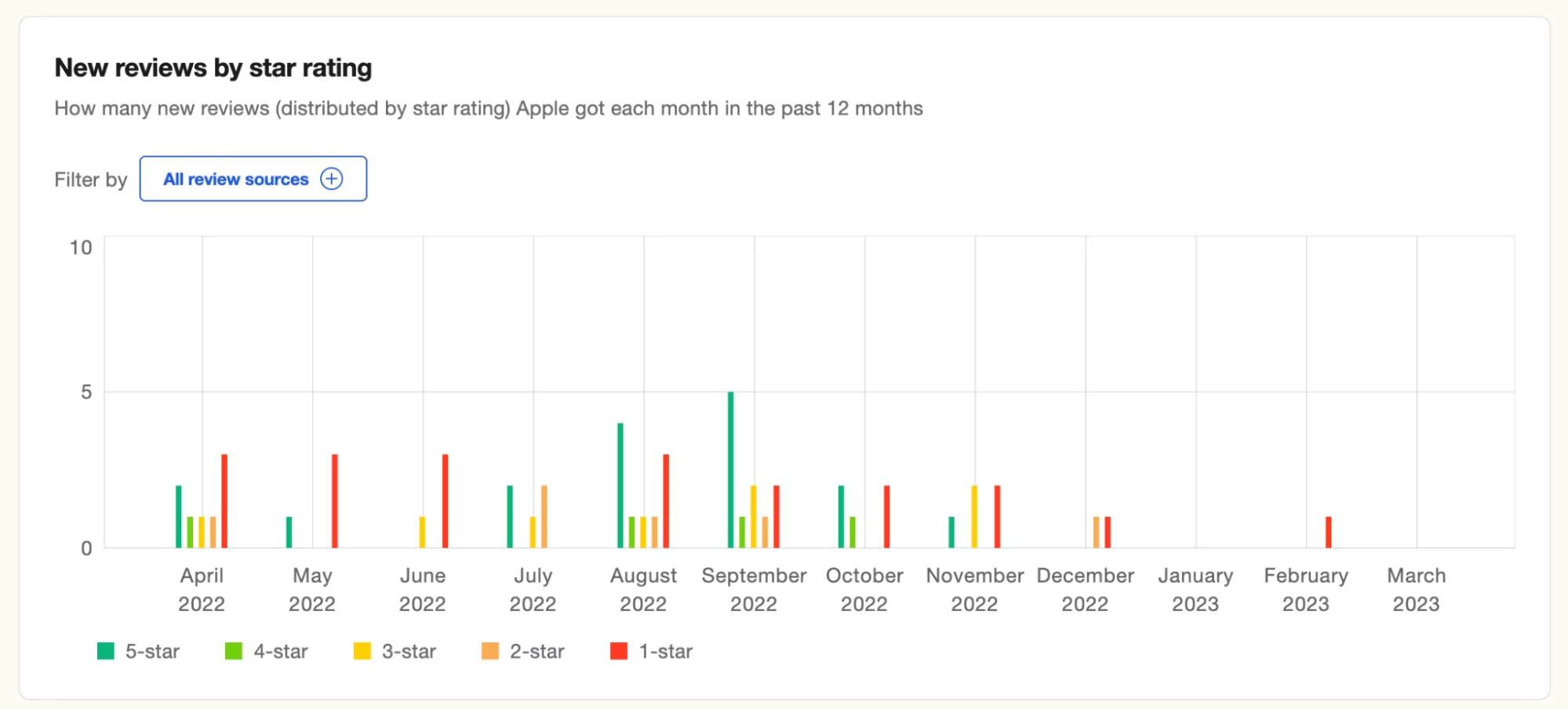
An example of a dashboard available on Trustpilot visualizing the distribution of new star ratings over the past 12 months
Hootsuite Insights
If you want to look at what customers are saying about you on social media, as well, Hootsuite Insights may be a tool worth looking into.
It’s a free social media listening tool that allows businesses to track and analyze customer sentiment and feedback on social media platforms. It may be useful if your audience is more likely to tweet their review than post it through an official channel.
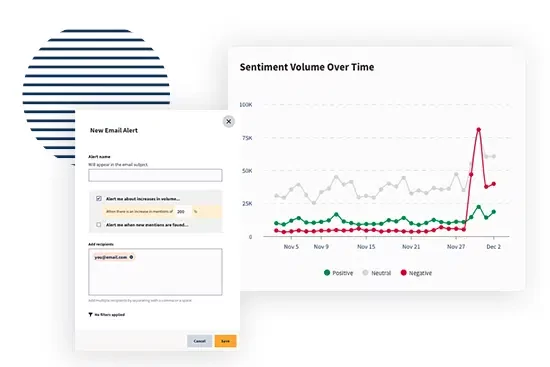
An example of a Hootsuite Insights dashboard visualizing sentiment volume over time
Conclusion
Every stakeholder, project manager, and decision-maker at your company has probably experienced a moment of indecision, wishing they could simply read your customers’ minds to know how to proceed. Review analysis is a tool that enables this much sought-after mind reading.
The data is out there; it’s just a matter of finding the right solutions to help you make sense of it. With the power of AI and NLP, you can take a jumble of overwhelming data and turn it into clear, visualized insights – essentially a roadmap to what your company can do to optimize customer experience, improve retention, and boost revenue.
If you’re looking for other ways to analyze readily-available data, consider conducting focus groups, feeding the data into an AI-powered analysis tool. Before you start, be sure you’re asking the right questions with your next focus group.
 All
Articles
All
Articles Email
Analytics
Email
Analytics




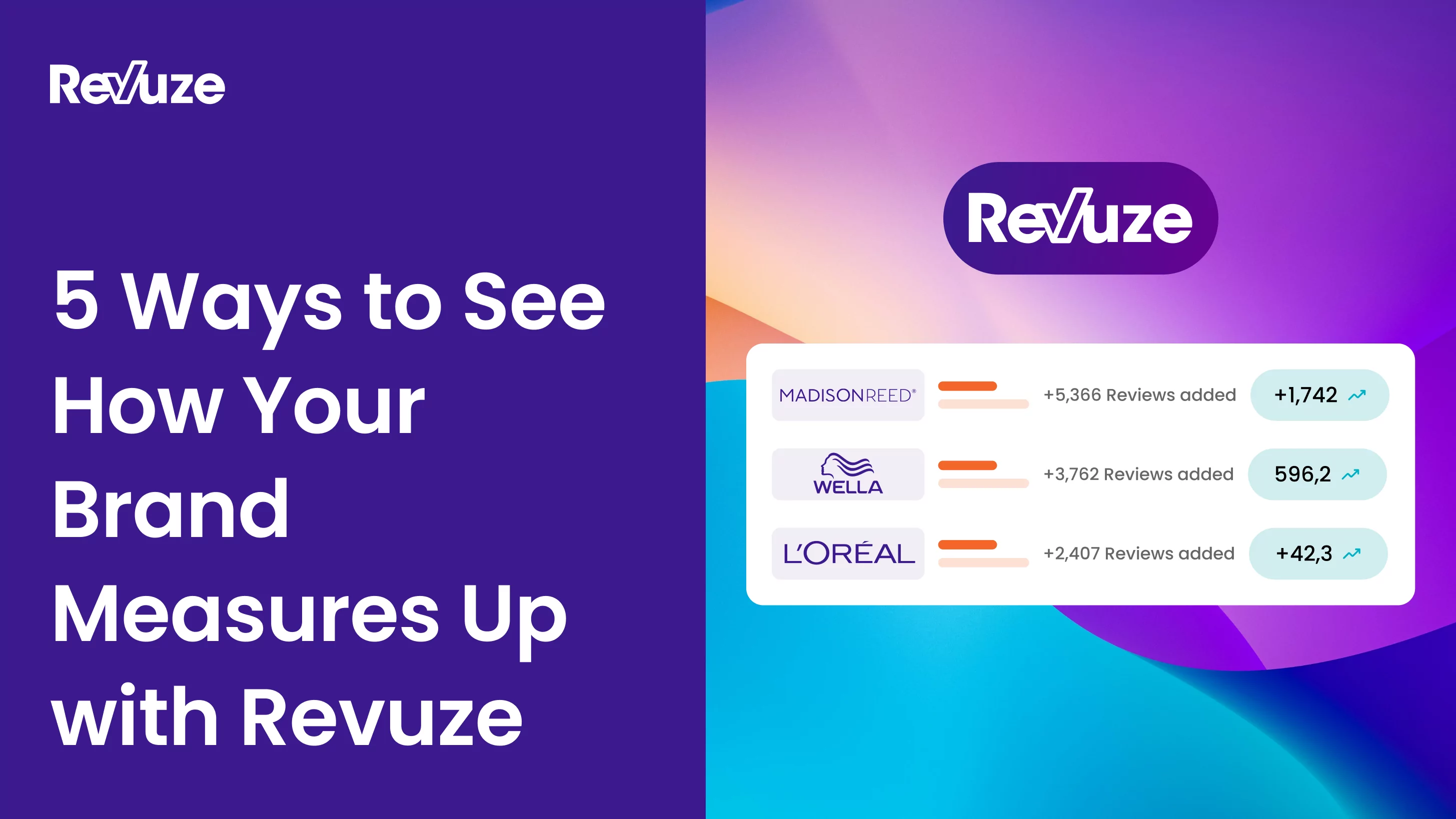

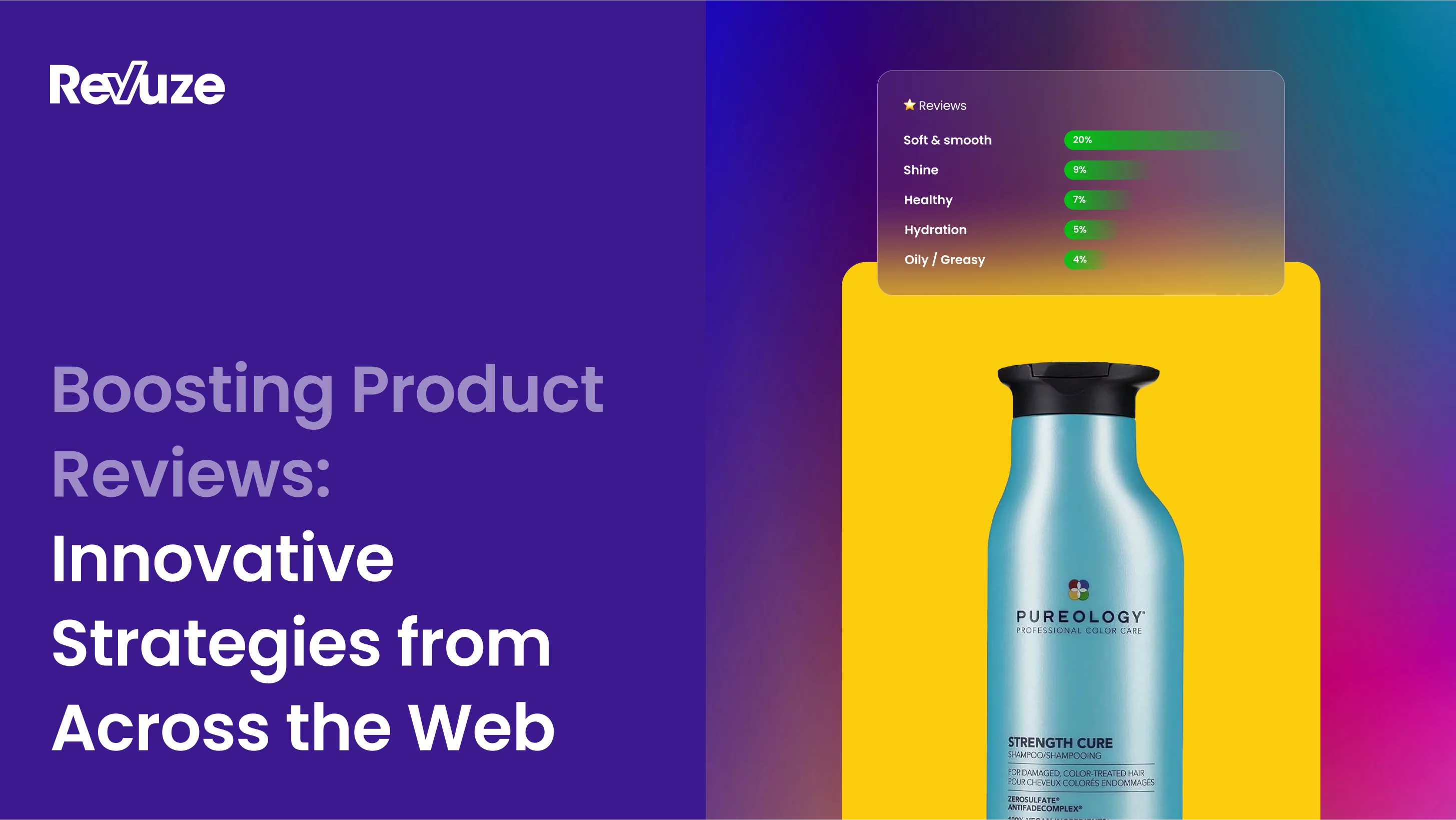
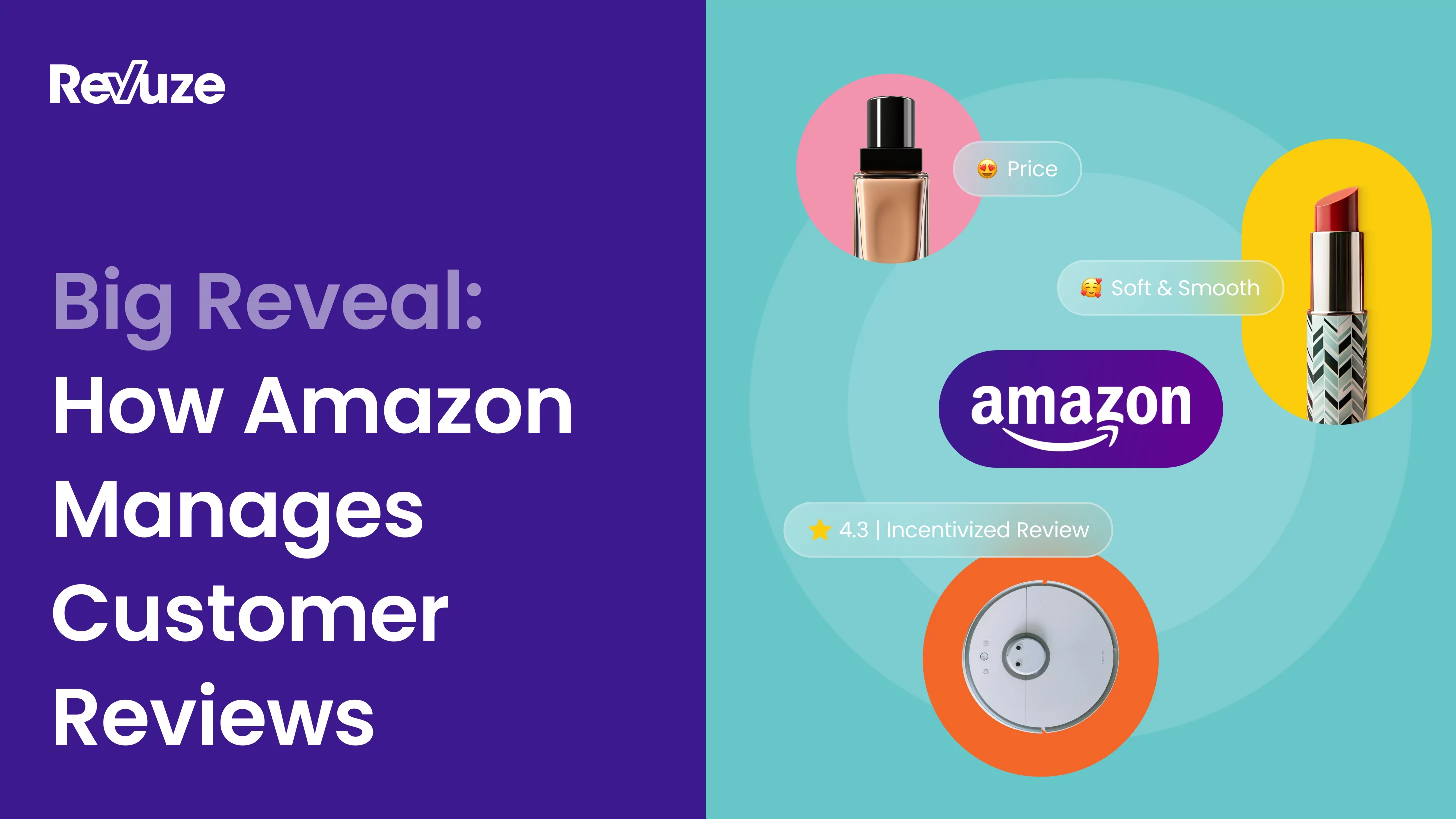
 Agencies
Insights
Agencies
Insights